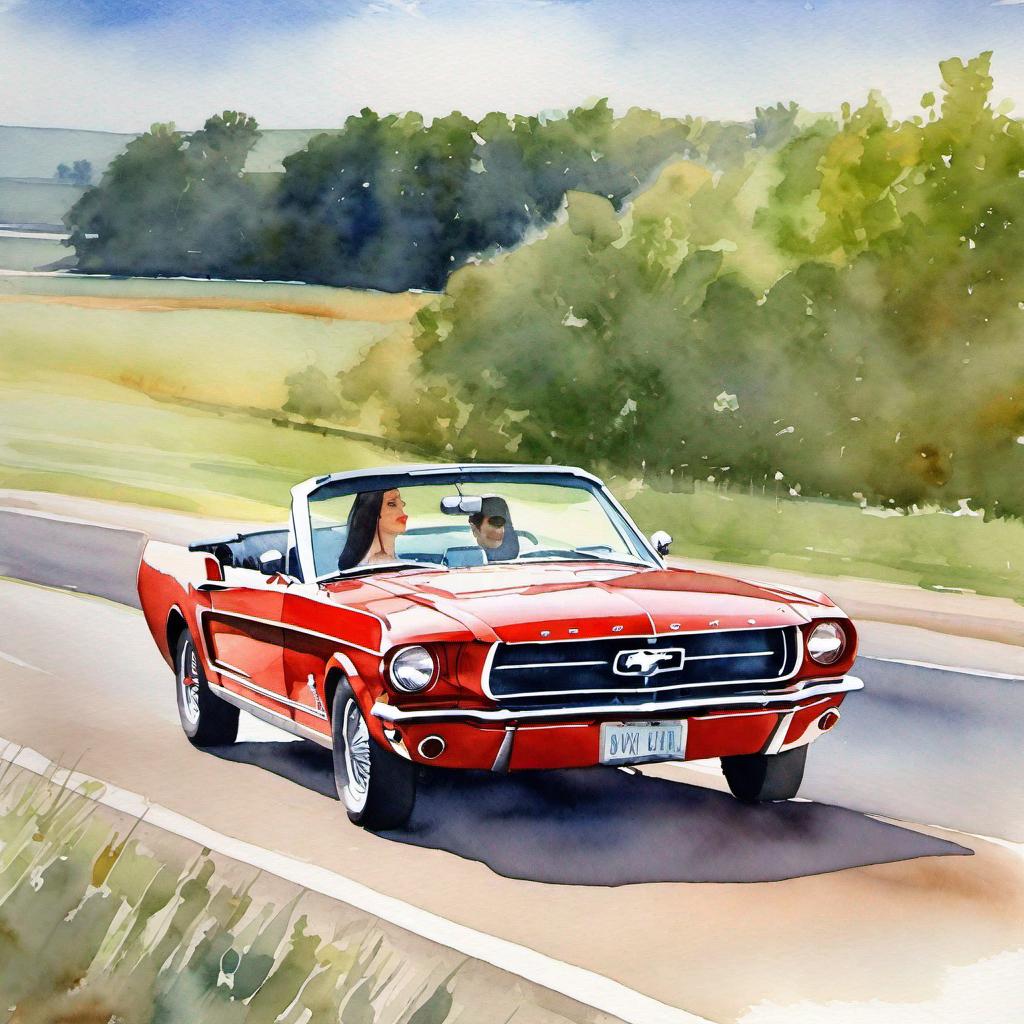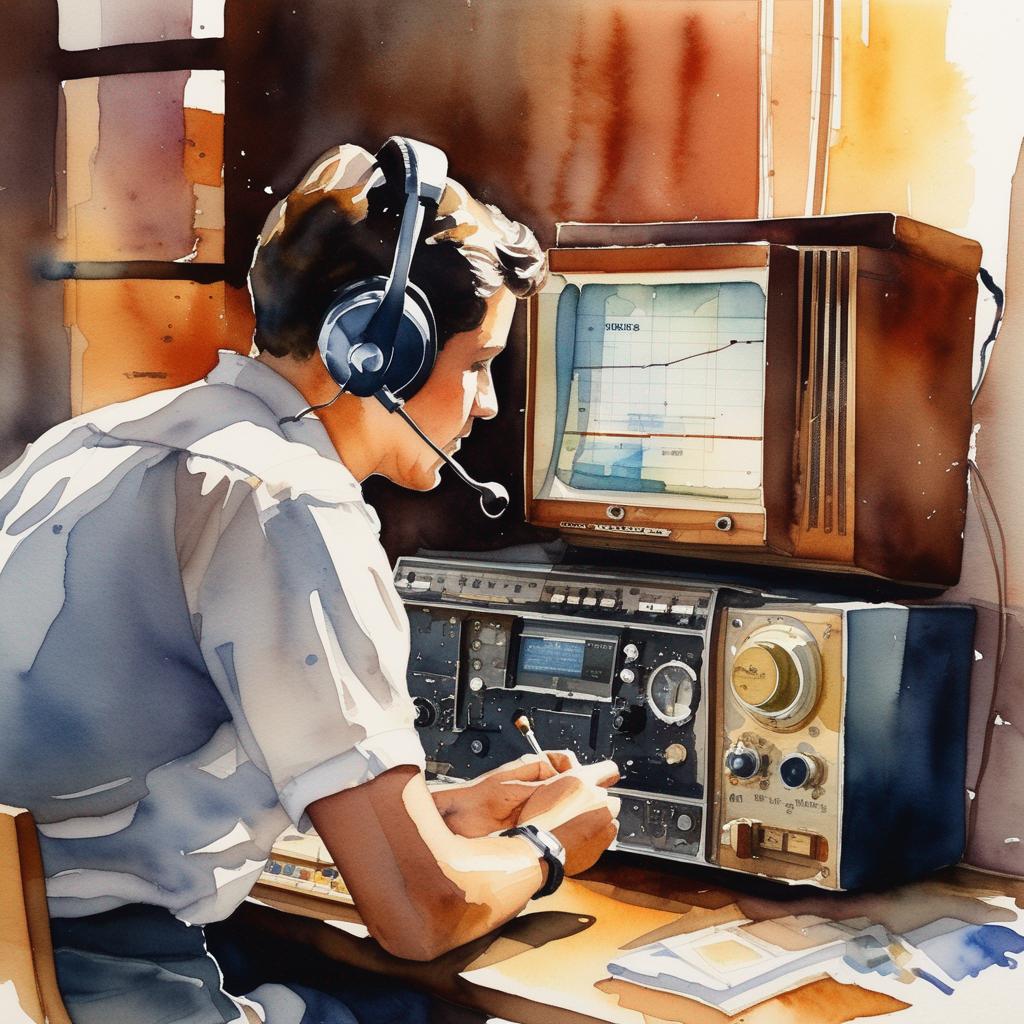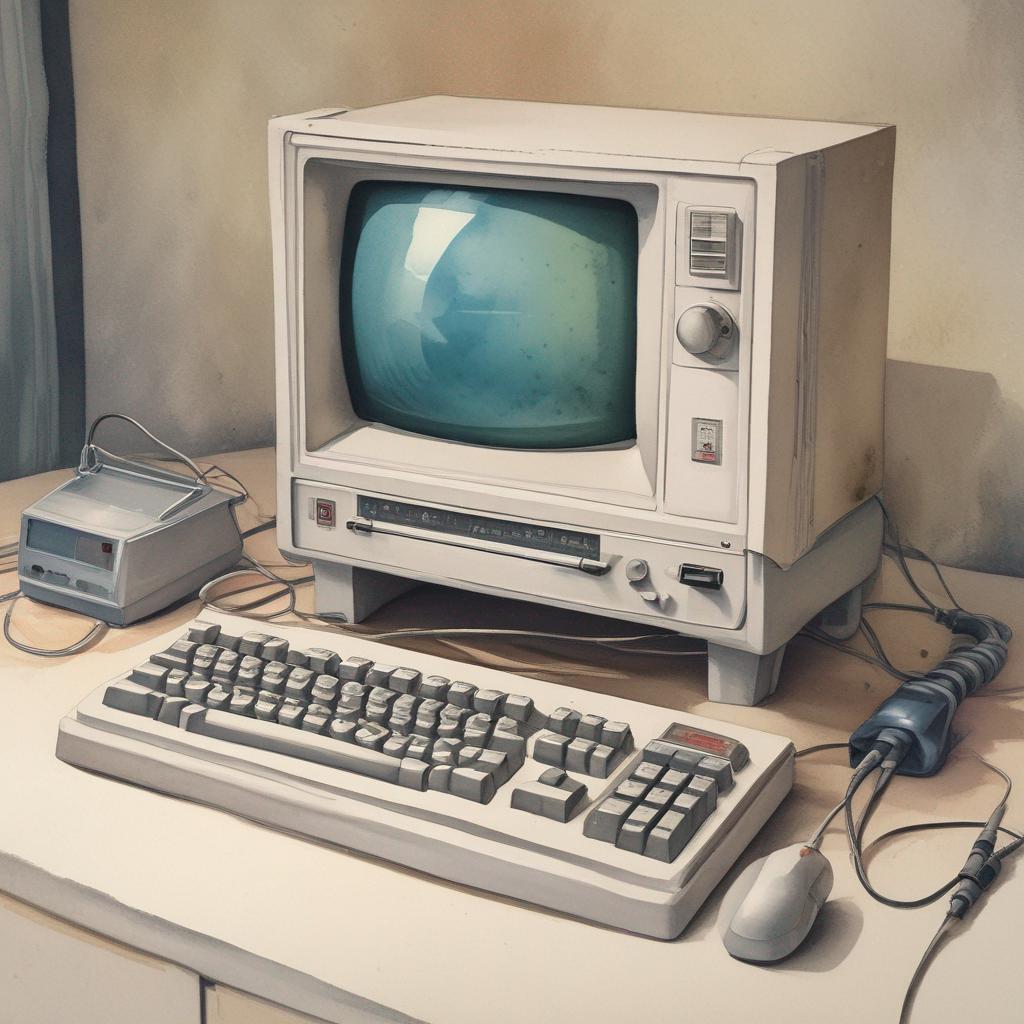Generation Z, often referred to as having always been online or always having had devices, typically includes individuals born from the mid-1997 to the early 2012. They are now, therefore, between the ages of 12 and 27, our current coming of age generation.
Who here is GenZ? You have grown up with the internet, smartphones, and social media as integral parts of your daily lives. You are considered digital natives, having been exposed to digital technology from a very young age, which has, apparently, significantly influenced your behavior, communication, and expectations.

Generation Y (GenY or Millennials) were born between 1981 and 1996, nearing the end of the millennium. You ushered in debit cards, cell phones, and prepared for the devastation of Y2K.
Generation X (GenX) includes individuals born between 1965 and 1980. You got the best of rock and roll, some of you experienced the Summer of Love, were Hippies, and lived through the '70s, when the real 60s began.
Boomers, more properly "baby boomers", are the generation born during the post-World War II baby boom, approximately between 1946 and 1964. This period saw a significant increase in birth rates, leading to a substantial population spike.
Born in 1951, I am a "boomer".
I grew up with Howdy Doody, The Flintstones, Leave It To Beaver, and Sherman & Peabody. Calculator machines were mechanical and had arms on the side like a miniature slot machine. My first hand-held electronic calculator, which I got when I was 23, had a % key, a square root key, and a single digit memory. Believe me: We do not want to go back! Well, maybe for the Mustang!

This is the story of how an ol' dude found his way online.
I have been online since before all GenZs, and most GenYs, were born. I have been online since before the Internet, as we know it today, was even available. In fact, I have been online for fully four decades -- yes, 40 years!
Baby Boomers have experienced and influenced many social, economic, and political changes over the decades. Perhaps the most significant tech innovations were the advent of the personal computer, digital communication, and the cell phone.
I was there for all three.
My first experience with computers came at the age of 16 with a day-long visit to the computer center at Waterloo University in south-western Ontario, Canada. Programming in Fortran, line by line on punch cards, is an experience you can be glad you missed.
However, the experience sparked an interest in computers that never left. I followed the development of mini-computers, the size of a large desk, followed by micro-computers that could sit on a desk. In the early days you built your own: Heathkit, Altair, and Sinclair.

1979 found me as a 28 year old young adult returning to college to learn to use a micro-computer. I sat in a first-year programming class of eager geeks 10 years my junior, learning BASIC syntax on a TRS-80.
Graduating 12 weeks later I was brought into a network marketing start-up as a managing partner because I was "the guy who knew computers".
The company, Heart Lake Distributors, was an early adopter of robocalling and my job was programming a Commodore Business Machines CBM-8032 8-bit micro-computer, with a dual floppy-disc drive unit the size of a breadbox, to handle the company data and financial transactions.
With guidebook in one hand, and keyboard in the other, I developed for spreadsheet, word processor, and database. This was pre-Windows, folks. Everything was text based -- green text on a black screen.
A little over a year in, the company failed due to the partner controlling our finances falling for a confidence scheme (a grift or con) and losing everything. I was quickly in need of a job and left that '8032 behind.

It was the early 80s. Experience in my own businesses from back in the early- and mid-70s secured me a management position at a division of Motorola Canada, their new Information Systems Group, which earned me a security clearance and work with a multi-national leader in the computer and communications industry.
I was there when the first commercially available cell phone was released. And my role in the TEMPEST program got me online through ARPAnet, the first operational packet-switching network, the precursor to the modern internet, that tied members of the military industrial complex together.
Talk about being there at the beginning!
About the time I left Motorola, I came upon the man who had purchased the same CBM-8032 computer I had programmed at Heart Lake. It still had the custom chip set and dongle I had installed. I picked it up for $100 and still have it today.
The IBM-PC was making its debut and waves in the world of marketing. You could actually purchase software in a box! A little guy with a mustache, cane, and bowler hat was in all the ads. PC-DOS, the new operating system, took the market by storm.

I was interested in purchasing a personal computer for my family. We had two daughters and we felt they should have exposure to the modern tech in our home. My wife was a teacher and could definitely make use of a computer too. I looked at the 'PC but I was not impressed.
The Commodore-64 was the number one selling computer at the time (went on to be the sales record holder for all time) and I was quite familiar with it. I took a serious look at it. After all, I had programmed the CBM-8032 and was familiar with Commodore BASIC. It could have been the proverbial no-brainer.
However, the C-64 was a glorified game machine with only a 40 column monitor. Business required an 80 column monitor and a printer. I wanted our family computer to support business and teaching applications. Though it made the attempt, the C-64 was light in those areas.
I was shown the Commodor-128. It was an amazing machine that blew the original IBM 'PC out of the water. In fact, it was three computers -- three actual chip sets, not just emulators -- in one.
In its native boot-mode it was the new C-128, with a new chip set, advanced BASIC, more memory, more disc space (double sided drive like the '8032 but much smaller), and an 80-column screen. This was daddy's machine!
In a separate boot-mode it was an actual C-64, with the original chip set, sprites, single sided drive (the same drive, two modes), original '64 BASIC, running all the great game and educational software available for that machine. The girls loved me.
And, it had an actual Z80 processor that auto-engaged when loading C/PM from a disk. With my experience at Motorola I knew that C/PM was one of the two major operating systems and the likely future of personal computers. PC-DOS was not one of them.

And the Mac we know today was not yet available. Back in 1984, the new Macintosh computer was kind of funny looking with its vertical "full page" screen! I actually borrowed one for a weekend and, while a powerful contender, it was just not for me.
In 1985, I bet my money on C/PM and purchase a Commodore 128 computer. I actually still have it, nearly 40 years later. In fact it is sitting on another desk next to me as I write this in July of 2024, on my contemporary flat-screen PC.
OK. I lost that bet. Through a freak turn of events (Google it!), the owner of C/PM did not make it to the pitch meeting scheduled at IBM and two college kids, writing code in their dorm room, had been able to sell Big Blue on PC-DOS. Later, as MS-DOS, it drove the huge PC-Clone market leading to the machines most of us are using today.
C/PM was a better operating system. Faster, multi-threaded, and running on a better chip set, it should have been the "one". But there is, after all, something to actually being in the right place at the right time!
Shortly after that my wife, two daughters, and I moved to a little town north west of Toronto, Ontario because a teacher there was known as a specialist in teaching gifted children. (Bragging rights: I had two of them!)
Shelburne was a little town of about 1200 people with the sole claim to fame that it hosted the North American Fiddle Contest. Ever heard of that? I had not heard of it either. And one thing it did not have was any form of online connectivity.
I missed it. Motorola was a long distance, and a long time, away. There had to be a way to get online here in this small, remote town. Orangeville, population about 25,000, was 15 miles away, but also had no online connection. Everything else was a "long distance" call -- you paid for those by the minute!
And I needed a modem.
My daughters each got $50.00 from their grandmother for Christmas. I talked them into using it to purchase a modem (1200 baud -- SLOW! -- $200.00 -- I would pay half) and, though they were not really all that happy about it at first, we were online.
But online to where? I had wangled an account on NSFnet through a university professor friend of mine but that, like everything, was long distance. Brampton? Toronto? Expensive! The best deal was Guelph. But Internet was not yet public -- it did not exist.

Packaged with the modem we purchased for our C-128 was a disc about an online service called QuantumLink -- a pre-cursor to AOL that was kind of a mini-internet for Commodore users. But it was local to someplace in Virginia, U.S.A., not a little town in Ontario. Now THAT was long distance!
So, I worked out the cheapest route to get us there. 1200 baud modem via Bell Canada long distance call to Guelph. Connect to Tymenet, an X-25 packet-switched international data connection network that got me to Virginia. And a local call into QuantumLink (plus the Q-Link access fee!).
All in all, it was just about $60.00 per hour of connection time. Needless to say, online time was rationed. But it was still EXPENSIVE.
One day, looking at my latest online bills, I said in frustration, "I could probably do this locally myself for less!" I began a research track that led to a thing called a Bulletin Board System (BBS), a local pre-Internet online community. After all, that is what Q-Link actually was -- just bigger.
I got a second phone line installed (remember them, land lines?), purchased my first PC-Clone computer with a huge 30 MB (yes, 30 Megabyte) hard drive. I got my hands on a copy of the free version of Wildcat! BBS software, and the fastest (2400 baud) modem available at the time.
AMBASSADOR BOARD BBS was born. Shelburne, Ontario, was online -- me plus one other person at a time!
Orangeville was local dial to Shelburne. Orangeville was online. Dufferin County was online. I was there. At the beginning. In fact, I was the beginning.

My daughters and I began going to people's homes, those who had computers, installing modems for them and showing them how to get online. Eventually we had a floppy disc we made available for free in local stores. It auto-loaded, started the modem software, and connected to AMBASSADOR BOARD. We expanded, ultimately to 7 dial-up lines, a line bringing in callers from Toronto without long distance fees, a satellite feed for shareware files and pre-email message networks, multiple CD drives and 2 humongous (then) 1 GB drives!
Other BBSs started up. The Internet came. The World Wide Web rolled out at the end of 1993. I worked for the first local Internet Service Provider (ISP) company that opened in Orangeville.
Later I was one of 4 partners in the second ISP. Since I was the only partner who knew how to program and I had experience with UNIX from Motorola, I was the one tasked with configuring our new Dec Alpha server and its Tru64 UNIX variant.
Early in 1994 I learned HTML and created my first website.
By the mid-90s I owned my own ISP. I started with a powerful PC-Clone running OpenBSD UNIX and later added additional boxes running LINUX. Two other ISP company were also running in the area, keeping it competitive.
AMBASSADOR BOARD was still running, now with more than 1700 members world-wide, but slowing in growth and activity as the Internet was taking over.
It was all good until Bell Canada under-cut all the local providers, offering local dial to Brampton, Guelph, and Barrie each of which had local (Bell Canada) Internet access ports where locals could get "unlimited access" (do not get me started!) to the Internet for $15 per month, cheaper than the local ISPs could offer.
And that is the story of how this ol' dude got online.
It was a great ride while it lasted. It was the end of an era and it was the end of the millennium. The good news is, the Y2K bug never happened.
The next 24 years of my life, starting in 2000, took me to Kansas, and is a story (perhaps several) in itself. I will share more another time.